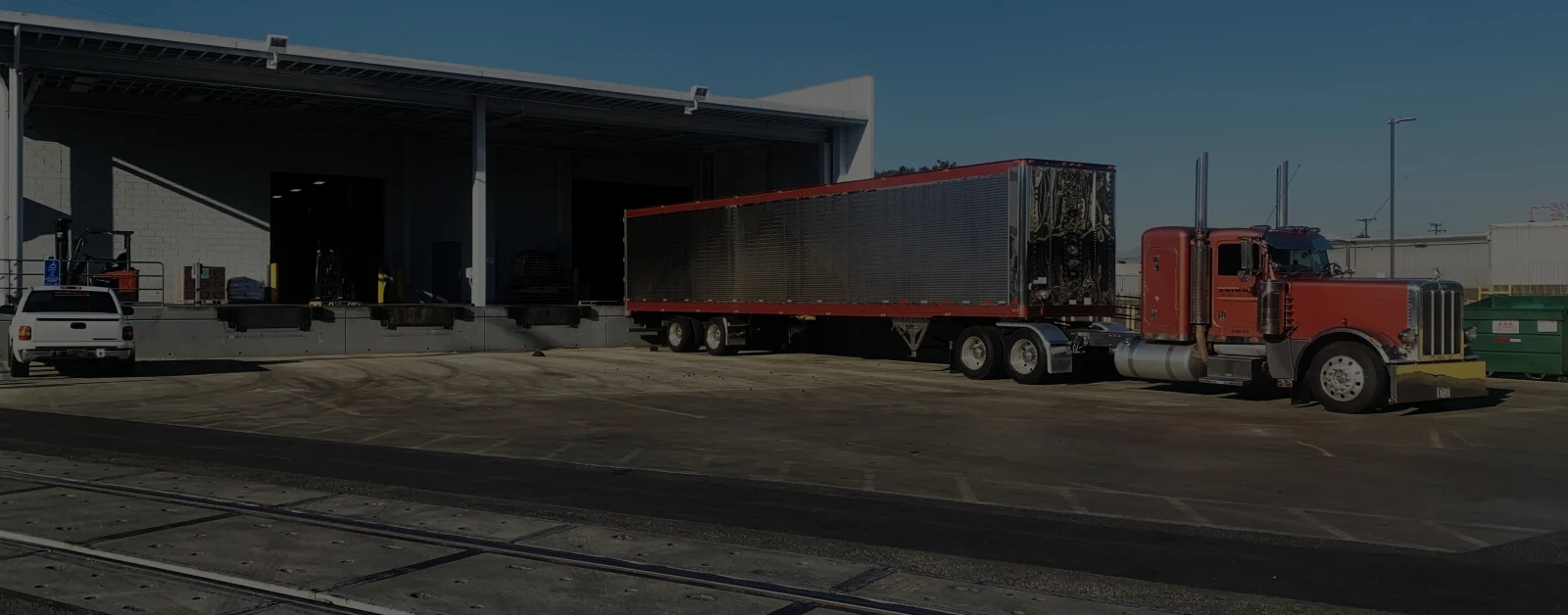Los Angeles Logistics Efficiency Strategies for 3PL Cost Savings

Every company in the world wants effective and efficient logistics operations. But it’s not easy.
There are so many variables to account when it comes to making a timely and mistake-free delivery. From extreme weather to traffic, the potential sources of disruption are seemingly endless. A well-planned logistics strategy can, however, minimize the impact of these disruptions and keep your customers happy.
Here are a few tried and true strategies to keep your logistics operations efficient and low cost.
1. Carefully Plan the Location of Your Warehousing Facilities
The key to logistics efficiency is minimizing the distance goods need to move. Optimizing the location of your storage facility can unlock these efficiencies.
To keep it as simple as possible, your warehouses need to be located near other key points in the supply chain. If, for instance, your company imports goods from overseas, you must have a warehouse in close proximity to the port of entry. But you can’t forget your customer base.
With that in mind, it’s best practice to locate your facilities in a location that’s equidistant to a nearby port and population centers. This can unlock logistics efficiencies by cutting down on costs such as gas while reducing the impact of unforeseen delays caused by weather and traffic.
2. Outsource Your Warehousing
Very few companies have the resources to build new warehousing facilities–particularly in areas in which land is expensive, like southern California. Partnering with a 3PL provider can be your company’s ticket to cost savings.
Outsourcing your warehousing to a third-party can create a range of logistics efficiencies for your business, with the most obvious one being that you don’t need to invest millions of dollars in building or leasing warehousing space. You also don’t need to worry about paying for energy costs and labor. Instead, you pay a monthly rate to have your items securely stored until they’re needed.
3. Consider Your Transportation Options
Logistics is the art and science of moving items from one location to the next. You can usually discover new efficiencies when you focus on the means by which items are being transported between stages in the supply chain.
For example, if you’re a company that sells goods that simply fly off the shelves, you can’t afford to have items stuck on a pallet in a warehouse facility. A 3PL vendor that offers services like cross-docking, in which teams unload outbound trucks, move items through the facility, and immediately place them on an outbound truck, can pay dividends in this case.
Or, maybe you’re a company that needs to quickly transport goods from a maritime port to a broader inland transportation network. In that case, you will likely want to seek out a vendor with experience in transloading.
By mastering the movement of goods, your company can cut down on delayed deliveries and keep your customers satisfied.
Create a More Efficient Logistics Operation Today
Cummins Transportation is here to help your company conquer supply chain logistics. Our facility in Commerce, CA is located within 20 miles of the Ports of Los Angeles and Long, and downtown Los Angeles and Anaheim. We also have a skilled team that can offer services like cross-loading and transloading.


















